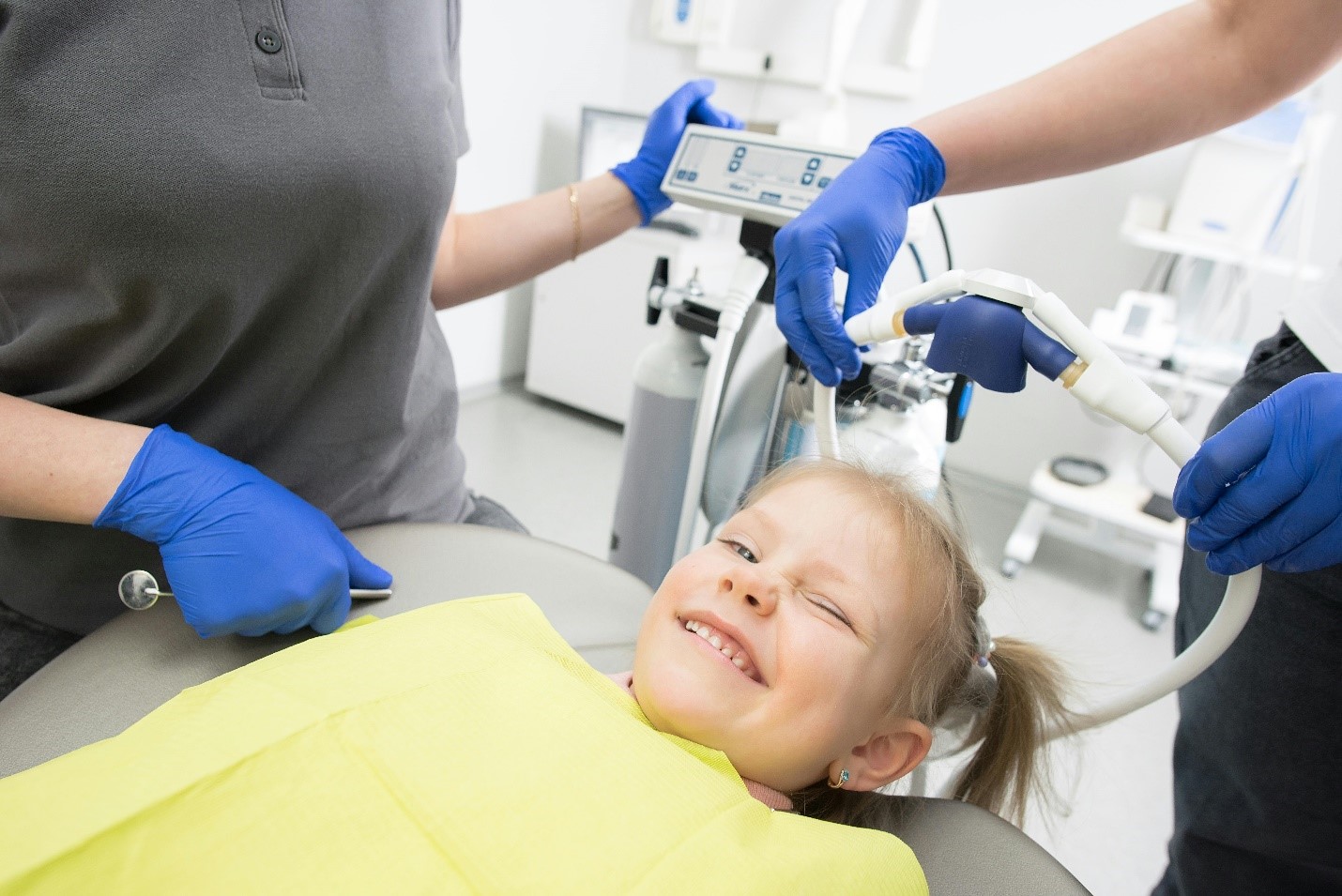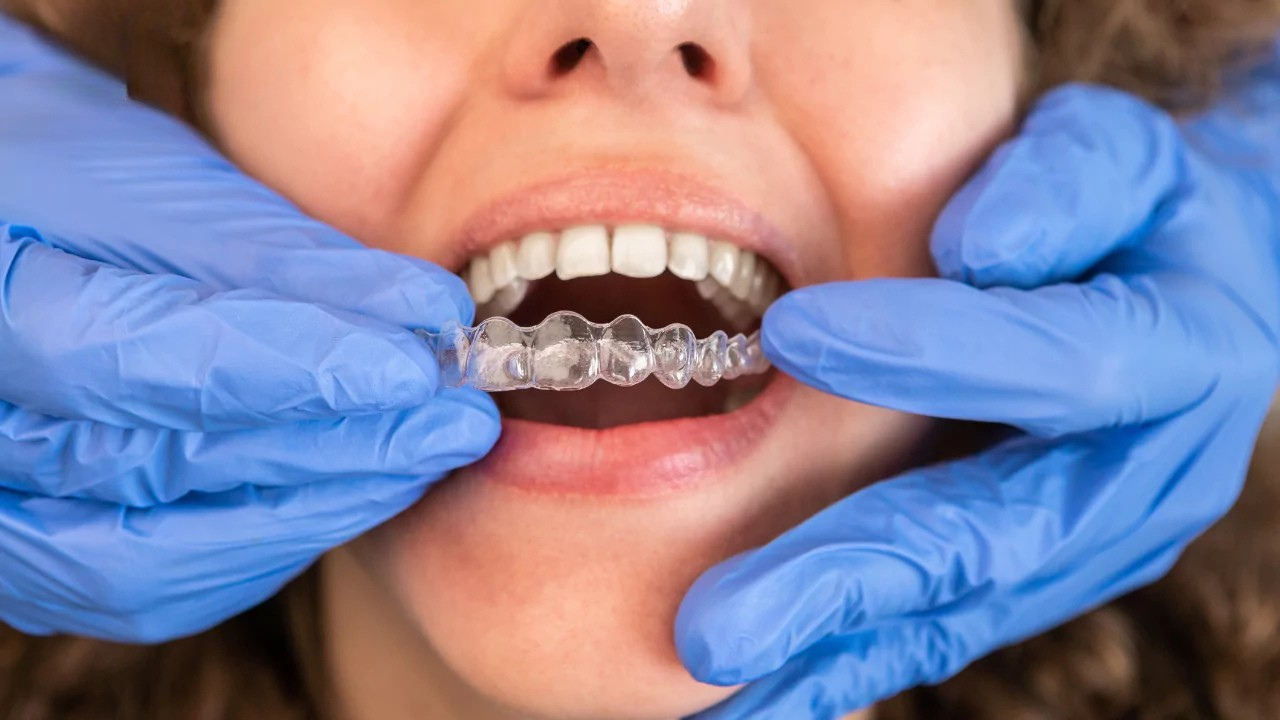What Are the Different Types of Malocclusions and How Can They Be Corrected?
Orthodontist
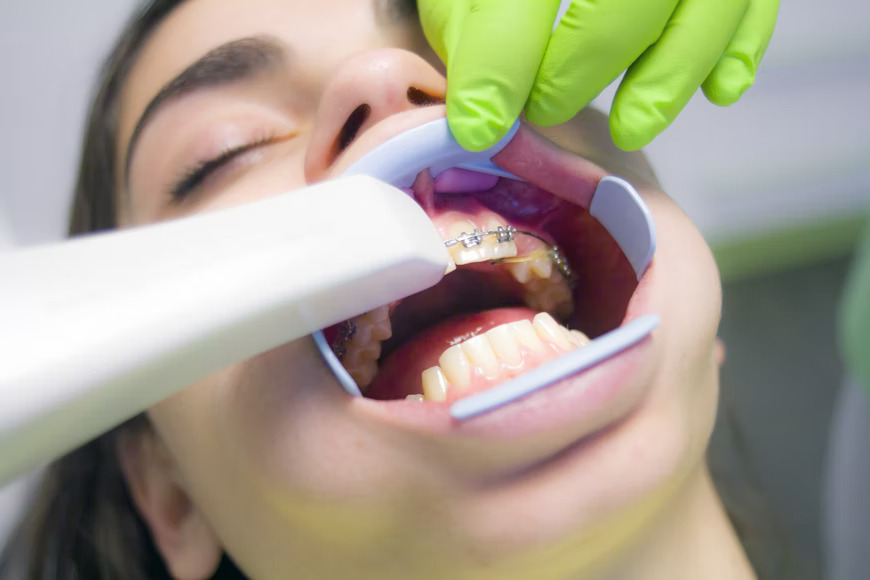
What Is Malocclusion?
Malocclusion is a medical term used to describe teeth that are poorly aligned in the mouth resulting in oral health complications, which are further described below. Malocclusions in the mouth can make it difficult to perform basic oral functions such as chewing, biting, and speaking and must be corrected.
A specialized dentist can correct different types of malocclusions called an orthodontist who is highly skilled in the branch of orthodontics. If you are looking for the best orthodontist in Dubai, just call and make an appointment at Dr. Paul’s Dental Clinic and let their team of experts take it from there.
Malocclusion Classification
Malocclusions can be divided into three different classes:
Class 1
This is the most common type of malocclusion in which the top front teeth slightly overlap the bottom teeth in the front.
Class 2
In this type, the upper front teeth and jaw severely overlap the bottom front teeth jaw.
Class 3
In this type, the lower jaw protrudes forward, which causes the lower teeth jaw to lie in front of the upper jaw and front teeth, sometimes overlapping them.
Types of Malocclusions
Crossbite
This can happen on one side or both sides of the jaw. In this condition, the lower teeth lie in front of the upper teeth.
Overbite
This is a condition when the upper front teeth are biting very deep into the gums of the lower front teeth. An overbite is also caused when the lower teeth bite into the roof of the mouth.
Underbite
Also known as an anterior crossbite, this is a condition in which the lower front teeth lie way ahead of the upper front teeth resulting in an underbite
Rotated teeth
This is described as a tooth that is turned or lies out of its normal position, causing improper alignment of the teeth. This occurs if a tooth erupts in an incorrect location.
Tilted Tooth or Root
This occurs when the crown of the tooth or the tip of the root is slightly tilted inward or outward also known as a crown or root tipping. This can happen in a single tooth or multiple teeth resulting in malocclusion.
Crowding
This is a condition resulting from a lack of space in the jaw to accommodate all of them, causing them to look squeezed in. this is often caused by rotated, overlapping, or tilted teeth.
Spacing
This occurs when there is either too little or too much space in between teeth and can affect the eruption of permanent teeth
Overjet
An overjet is when the upper front teeth lie too forward in front of the lower front teeth. This condition interferes with chewing function as well as speech.
Diastema
This is the condition used to describe a large gap between two adjacent teeth, typically seen in between the two front teeth.
Symptoms of Malocclusion
The most obvious sign of malocclusion is the physical appearance of teeth. A person with an overjet or an overbite is immediately noticeable. This is because it affects the resting position of the mouth as well as:
Smile: The person might feel insecure about their smile.
Chewing function: The person would have difficulty biting into food correctly, especially in the case of an open bite.
Speech: Misaligned teeth can cause difficulty in speaking and pronouncing certain sounds and letters. The patient might also develop a lisp while speaking.
Mouth breathing: Those suffering from an open bite are unable to keep their mouth closed at rest and while asleep.
Biting of the cheek and tongue: Malpositioning of teeth and crowding can cause the tongue to get in the way and be bitten often as well as the inside of the cheek to come in between the bite. This can be quite painful.
How to Diagnose Malocclusion?
Only a specialized dentist called an orthodontist can diagnose and treat malocclusions. They can do this by performing a thorough clinical examination as well as with the help of special dental radiographs called a cephalogram and an OPG, also known as a full mouth X-ray. An orthodontist will also take impressions of the mouth to make dental models or study models out of dental plaster. These help the dentist make a treatment plan for the patient.
How to Correct Malocclusion?
Most types of malocclusions can be treated using the following treatment options:
Dental Braces
Dental braces are the oldest and most successful method used to correct malocclusions. They use the application of brackets bonded onto the teeth with metal wires running through them to straighten tilted or rotated teeth. Dental braces are available in metal, ceramic, or lingual types. Depending on the severity of malocclusion, the orthodontist will prescribe the best option for you.
Extractions
Sometimes some teeth need to be extracted to reduce crowding in the mouth to make space.
Invisalign
Invisalign or invisible aligners are a breakthrough in orthodontics that uses the same concept of metal braces but discreetly does the entire job. They are clear plastic trays that fit snugly onto the teeth and align and straighten them by exerting continuous but gentle pressure. These trays need to be changed every two weeks for a total of 15 months or more, depending on the severity of the case. This is the ideal treatment for patients of all ages, especially for those who feel hesitant about getting metal braces due to work or cosmetic reasons.
Retainers
Metal retainers, as the name suggests, are activated dental appliances that are removable and worn on the teeth to keep them in their place. Used mostly in the case of mild malocclusions to prevent any more movements from occurring. Headgears are also used for bite correction and to support the proper alignment and growth of the jaw bone.
Surgical Correction of the Jaw
These surgeries are also known as orthognathic surgeries, which are performed to correct inherited jaw issues, which are skeletal and not dental.
Conclusion
Nowadays, there are many advancements in dentistry and orthodontics that almost types of malocclusions can be successfully corrected. If you are suffering from malocclusion of your teeth, you must book an appointment with a good dental orthodontist for a consultation. Contact Dr. Paul’s Dental Clinic today and schedule a consultation with one of the best orthodontists in Dubai.
Book an Appointment With Your Doctor NOW!
Ready for a brighter smile? Schedule your appointment with Dr. Paul’s Dental Clinic today and experience exceptional dental care.
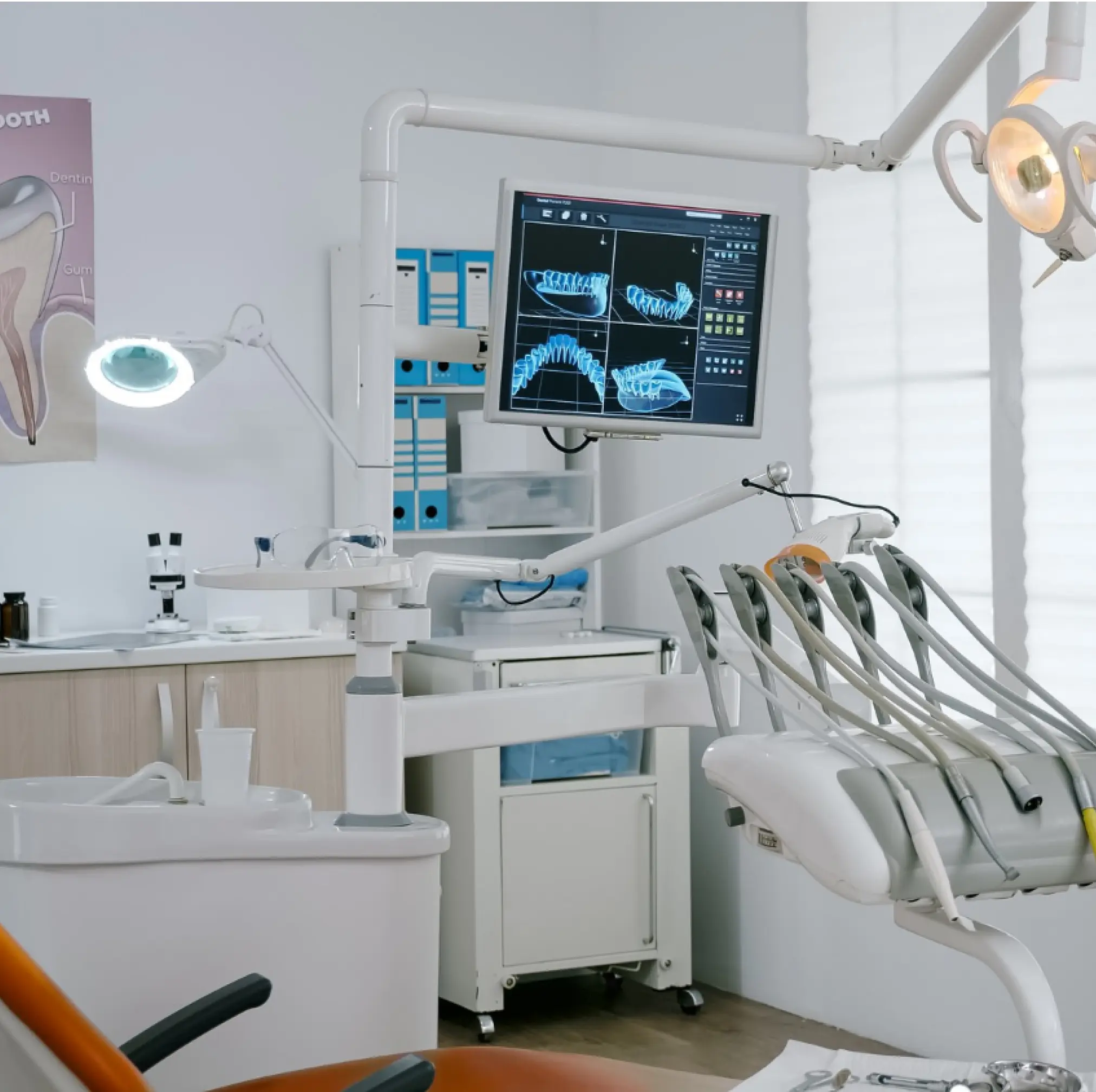
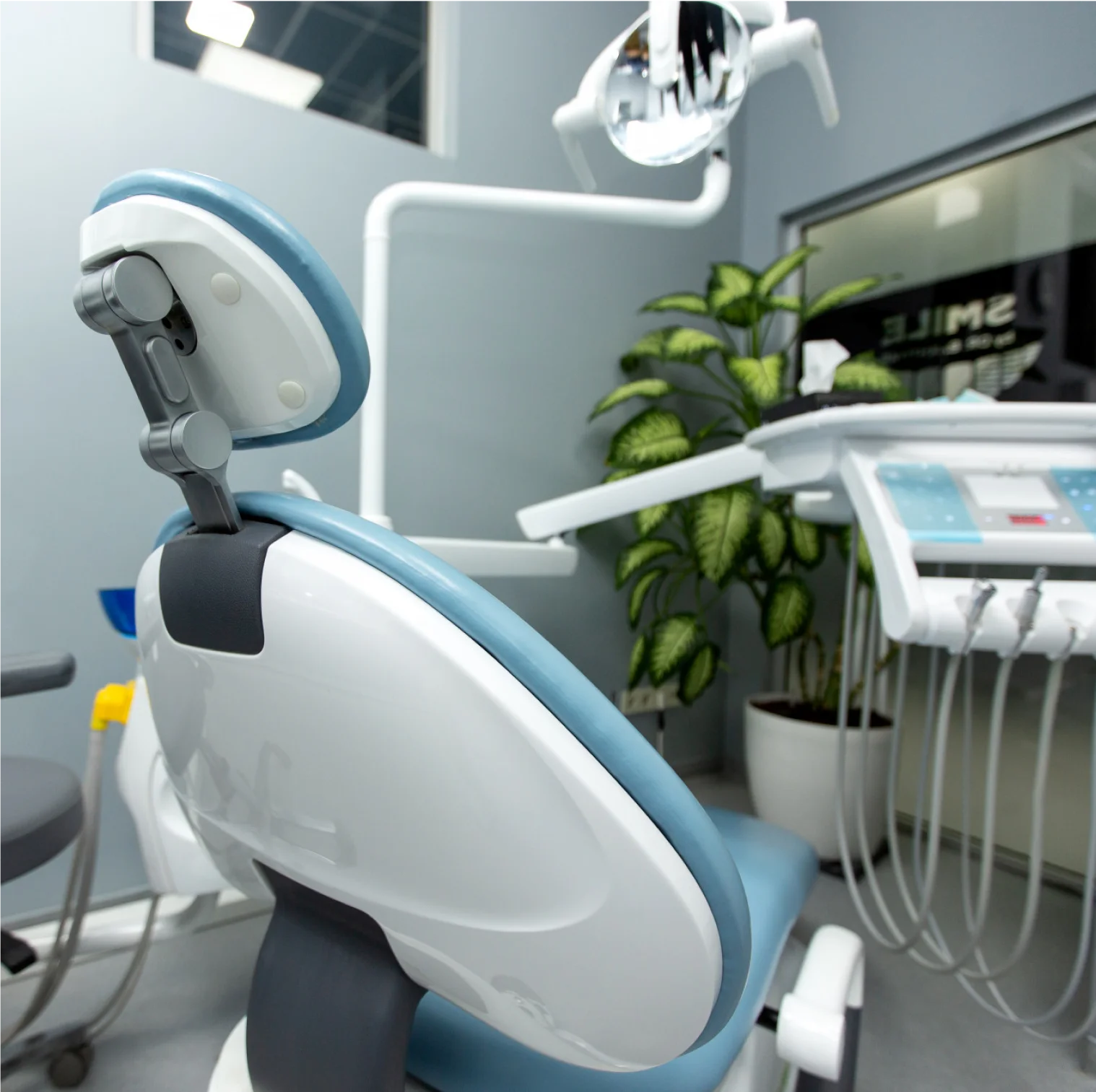
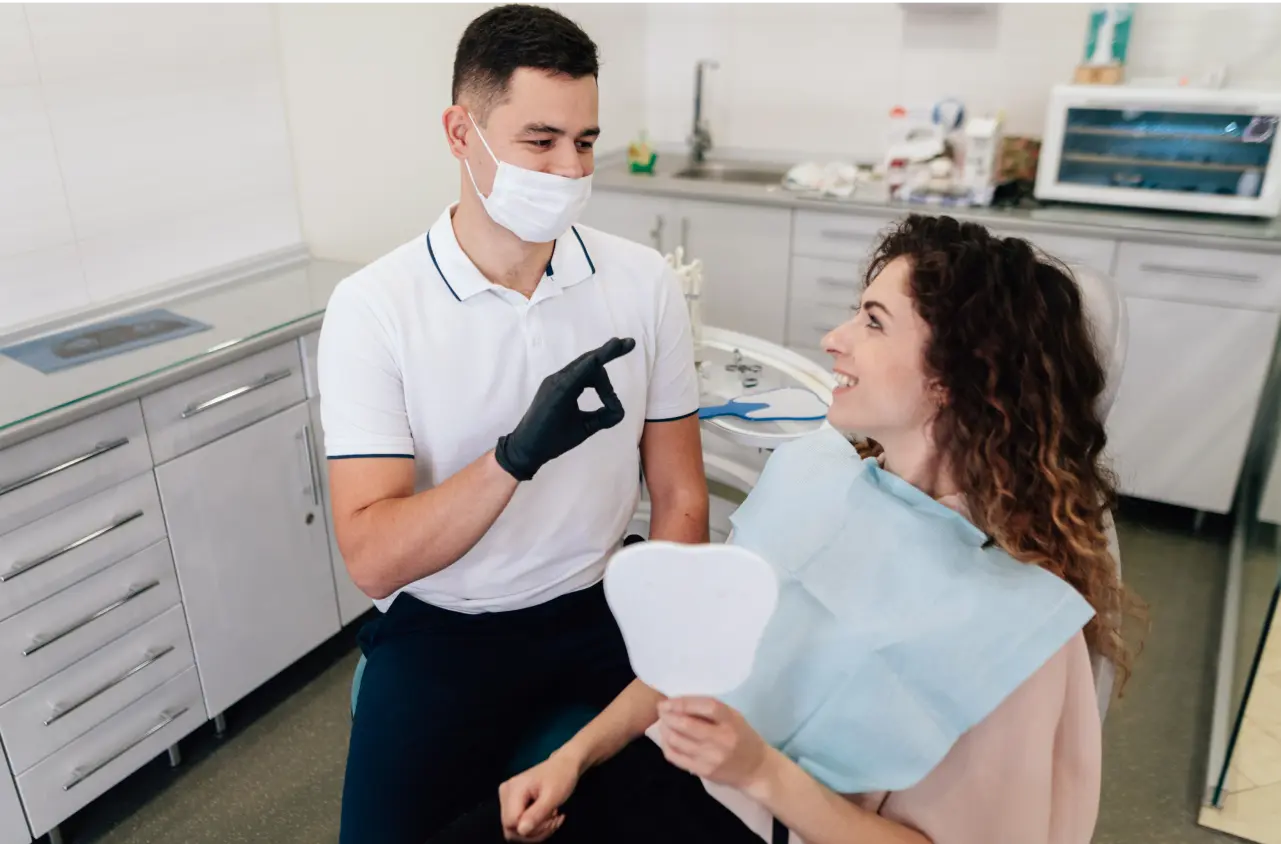
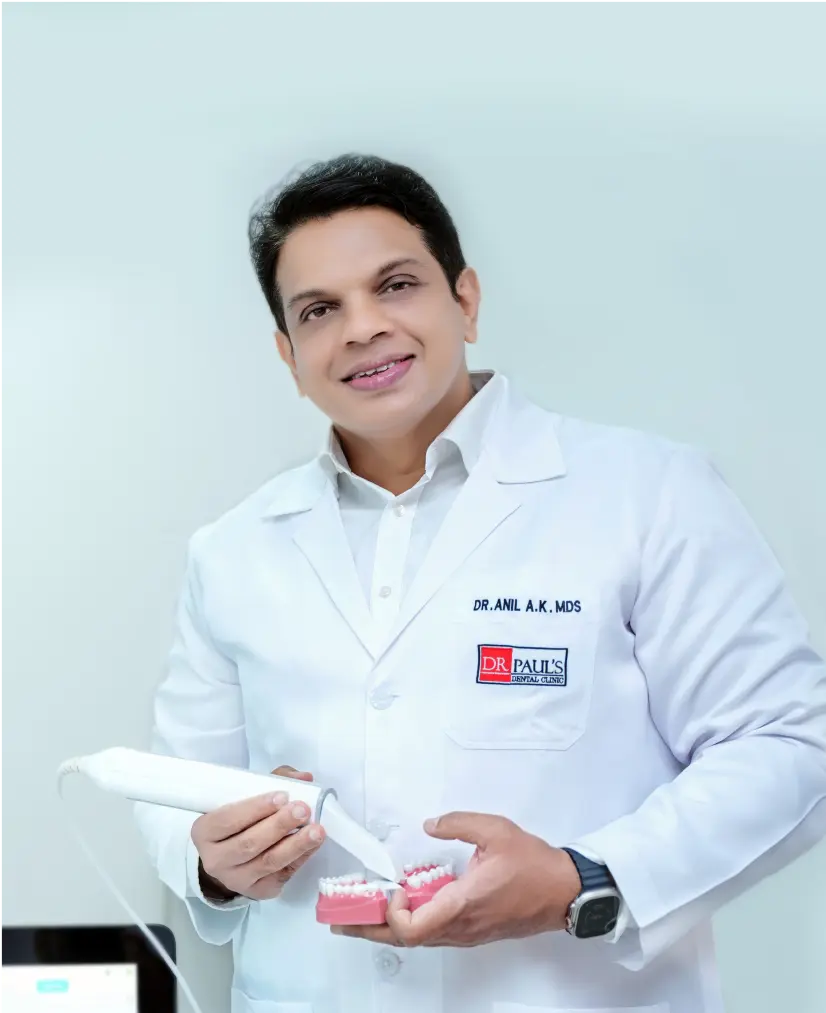 Dr. Anil Abdul Kaphoor
Dr. Anil Abdul Kaphoor 
